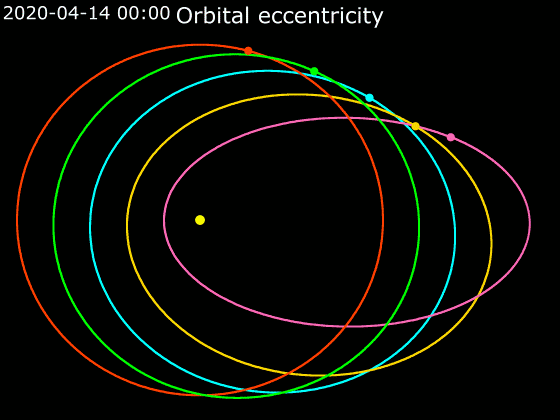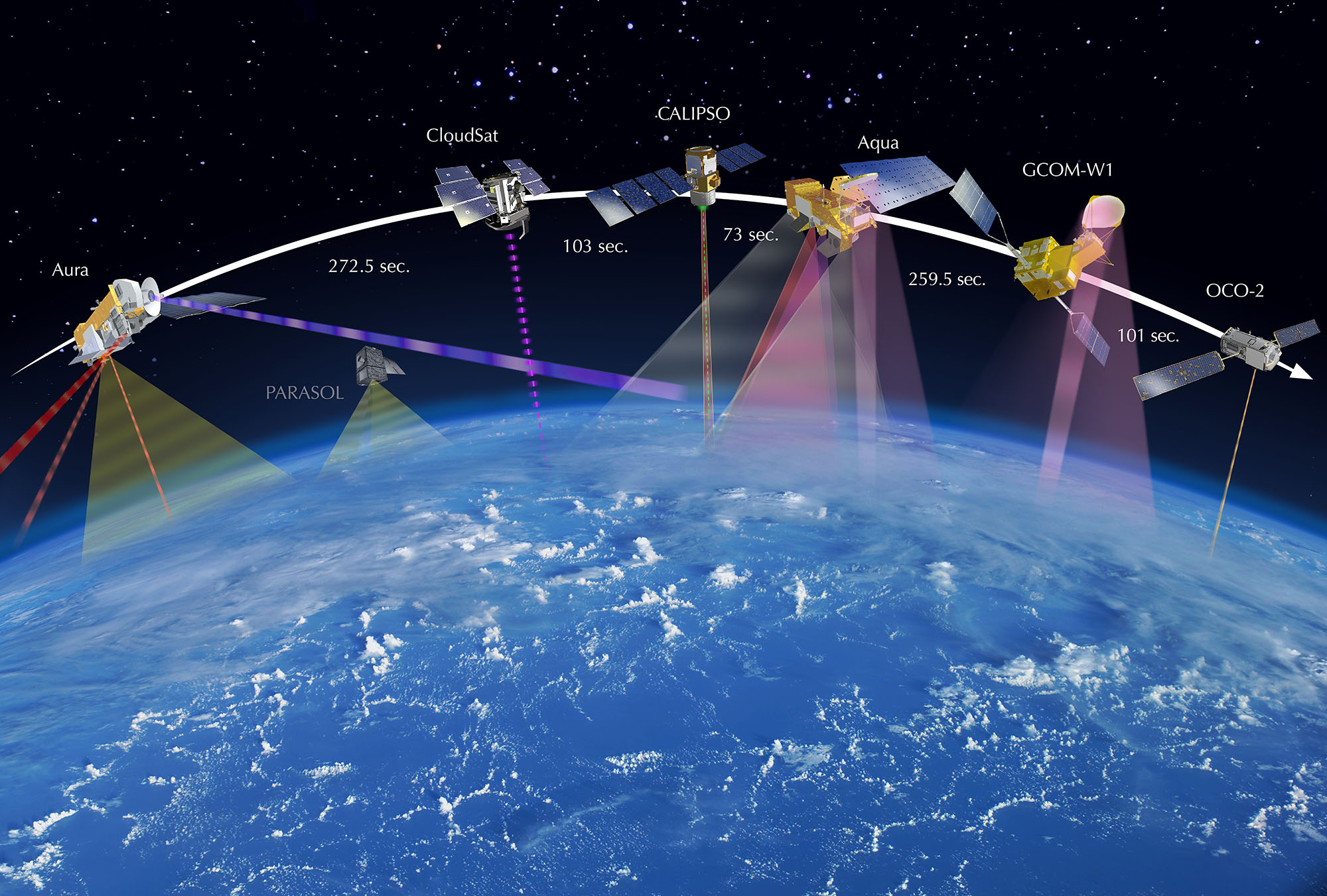|
Ofeq-7
Ofeq-7 (also known as Ofek 7 or Offek-7) is part of the Ofeq family of Earth observation satellites designed and built by Israel Aerospace Industries (IAI) for the Ministry of Defense (Israel), Israel Ministry of Defense. Launch The Ofeq-7 was launched by a Shavit 2 space launch vehicle on 10 June 2007 at 23:40 Coordinated Universal Time, UTC. Equipped with advanced technology and a series of new enhancements to provide improved imagery, it is placed into an elliptical orbit of . Mission Three days after its launch, on 13 June 2007, Israel Aerospace Industries, IAI MBT Space Division received the first images taken by the satellite. The Ofeq-7 is a follow-on spacecraft to Ofeq-5 that was placed into orbit in 2002. References Reconnaissance satellites of Israel Spacecraft launched in 2007 Spacecraft launched by Shavit rockets 2007 in Israel Israel Aerospace Industries satellites {{spacecraft-stub ... [...More Info...] [...Related Items...] OR: [Wikipedia] [Google] [Baidu] |
Palmachim Airbase
Palmachim Airbase (, ) is an Israeli Air Force, Israeli Air Force (IAF) base and spaceport, which the IAF and the Israel Space Agency, Israel Space Agency (ISA) operate jointly. It is located west of the city of Yavne on the Mediterranean coast, 12 km south of the Gush Dan metropolitan area with Tel Aviv, named after the Kibbutz Palmachim a few hundred meters to the north. There are no fighter jets stationed there, but transport helicopters, UAVs and a battery of Arrow (missile family), Arrow defense missiles southeast of it. History The airbase was established in the second half of the 1960s by the later commander of the IAF Benny Peled and the area was initially used to test rockets and projectiles that the 151 Squadron (Israel), 151 Squadron for missile testing was firing towards the sea. Helicopters * In 1975, the 160 Squadron (Israel), 160 Squadron "First Cobra" was established with new Bell AH-1 Cobra, AH-1 Cobra ''Tzefa'' attack helicopters (see photo in galler ... [...More Info...] [...Related Items...] OR: [Wikipedia] [Google] [Baidu] |
Ofeq
Ofeq, also spelled Offek or Ofek (, ''lit.'' Horizon) is the designation of a series of Israeli reconnaissance satellites first launched in 1988. Most Ofeq satellites have been carried on top of Shavit launch vehicles from Palmachim Airbase in Israel, on the Mediterranean coast. The low Earth orbit satellites complete one Earth orbit every 90 minutes. The satellite launches made Israel the eighth nation to gain an indigenous launch capability. Both the satellites and the launchers were designed and manufactured by Israel Aerospace Industries (IAI) with Elbit Systems' El-Op division supplying the optical payload. Description While exact technical details and capabilities are classified, it is assumed that the Ofeq satellites have an effective operational lifespan of 1–3 years and ultraviolet and visible imaging sensors, except Ofeq-8 and -10 which utilize synthetic-aperture radar (SAR) for all-weather and nighttime reconnaissance. Some reports place the imaging resolu ... [...More Info...] [...Related Items...] OR: [Wikipedia] [Google] [Baidu] |
TecSAR
TecSAR-1, also known as TechSAR, Polaris and Ofeq-8, is an Israeli reconnaissance satellite, equipped with a synthetic-aperture radar (SAR) developed by Elta Systems. It was successfully launched at 03:45 UTC on 21 January 2008, by PSLV C-10 launch vehicle, from the Satish Dhawan Space Centre in India. The TecSAR satellite is fitted with a large dish-like antenna to transmit and receive radar signals that can penetrate darkness and thickness of clouds. Built by Israel Aerospace Industries, TecSAR ranks among the world's most advanced space systems. Elta Systems Ltd cooperates with Azerbaijan to produce a TecSAR reconnaissance satellite system for the country. According to Azerbaijani military experts, this is an indispensable system for military operations in the mountainous terrains of Azerbaijan. Launch The satellite was successfully delivered into its target orbit about twenty minutes after launch. The four-stage PSLV rocket flew in the CA, or "Core Alone" con ... [...More Info...] [...Related Items...] OR: [Wikipedia] [Google] [Baidu] |
Shavit 2
Shavit 2 (Hebrew: "comet" – שביט) is a small lift launch vehicle produced by Israel from 1982 onwards, to launch satellites into low Earth orbit. It was first launched on 19 September 1988 (carrying an Ofek-1 satellite payload), making Israel the eighth nation to have an orbital launch capability after the USSR, United States, France, Japan, People's Republic of China, United Kingdom, and India. The Shavit 2 project is believed to have been an offshoot development, resulting from Israel's Jericho nuclear armed intercontinental ballistic missile (ICBM) program. Shavit rockets are launched from Palmachim Airbase by the Israel Space Agency into highly retrograde orbits over the Mediterranean Sea to prevent debris coming down in populated areas and also to avoid flying over nations hostile to Israel to the east; this results in a lower payload-to-orbit than east-directed launches would allow. The launcher consists of three stages powered by solid-fuel rocket motors, ... [...More Info...] [...Related Items...] OR: [Wikipedia] [Google] [Baidu] |
Spacecraft Launched By Shavit Rockets
A spacecraft is a vehicle that is designed to fly and operate in outer space. Spacecraft are used for a variety of purposes, including communications, Earth observation, meteorology, navigation, space colonization, planetary exploration, and transportation of humans and cargo. All spacecraft except single-stage-to-orbit vehicles cannot get into space on their own, and require a launch vehicle (carrier rocket). On a sub-orbital spaceflight, a space vehicle enters space and then returns to the surface without having gained sufficient energy or velocity to make a full Earth orbit. For orbital spaceflights, spacecraft enter closed orbits around the Earth or around other celestial bodies. Spacecraft used for human spaceflight carry people on board as crew or passengers from start or on orbit (space stations) only, whereas those used for robotic space missions operate either autonomously or telerobotically. Robotic spacecraft used to support scientific research are spa ... [...More Info...] [...Related Items...] OR: [Wikipedia] [Google] [Baidu] |
Reconnaissance Satellites Of Israel
In military operations, military reconnaissance () or scouting is the exploration of an area by military forces to obtain information about enemy forces, the terrain, and civil activities in the area of operations. In military jargon, reconnaissance is abbreviated to ''recce'' (in British, Canadian, Australian English) and to ''recon'' (in American English), both derived from the root word ''reconnoitre'' / ''reconnoitering''. The types of reconnaissance include patrolling the local area of operations and long-range reconnaissance patrols, which are tasks usually realized in the United States of America by U.S. Army Rangers, cavalry scouts, and military intelligence specialists, using navy ships and submarines, reconnaissance aircraft, satellites to collect raw intelligence; and establishing observation posts. Moreover, espionage is different from reconnaissance, because spies work as civilians in enemy territory. Etymology The word is derived from the Middle French w ... [...More Info...] [...Related Items...] OR: [Wikipedia] [Google] [Baidu] |
Elliptical Orbit
In astrodynamics or celestial mechanics, an elliptical orbit or eccentric orbit is an orbit with an orbital eccentricity, eccentricity of less than 1; this includes the special case of a circular orbit, with eccentricity equal to 0. Some orbits have been referred to as "elongated orbits" if the eccentricity is "high" but that is not an explanatory term. For the simple two body problem, all orbits are ellipses. In a gravitational two-body problem, both bodies follow Similarity (geometry), similar elliptical orbits with the same orbital period around their common barycenter. The relative position of one body with respect to the other also follows an elliptic orbit. Examples of elliptic orbits include Hohmann transfer orbits, Molniya orbits, and tundra orbits. Velocity Under standard assumptions, no other forces acting except two spherically symmetrical bodies (m_1) and (m_2), the orbital speed (v\,) of one body traveling along an elliptical orbit can be computed from the vi ... [...More Info...] [...Related Items...] OR: [Wikipedia] [Google] [Baidu] |
Earth Observation Satellite
An Earth observation satellite or Earth remote sensing satellite is a satellite used or designed for Earth observation (EO) from orbit, including spy satellites and similar ones intended for non-military uses such as environmental monitoring, meteorology, cartography and others. The most common type are Earth imaging satellites, that take satellite images, analogous to aerial photographs; some EO satellites may perform remote sensing without forming pictures, such as in GNSS radio occultation. The first occurrence of satellite remote sensing can be dated to the launch of the first artificial satellite, Sputnik 1, by the Soviet Union on October 4, 1957. Sputnik 1 sent back radio signals, which scientists used to study the ionosphere. The United States Army Ballistic Missile Agency launched the first American satellite, Explorer 1, for NASA's Jet Propulsion Laboratory on January 31, 1958. The information sent back from its radiation detector led to the discovery of the Earth's Van ... [...More Info...] [...Related Items...] OR: [Wikipedia] [Google] [Baidu] |
Retrograde Orbit
Retrograde motion in astronomy is, in general, orbital or rotational motion of an object in the direction opposite the rotation of its primary, that is, the central object (right figure). It may also describe other motions such as precession or nutation of an object's rotational axis. Prograde or direct motion is more normal motion in the same direction as the primary rotates. However, "retrograde" and "prograde" can also refer to an object other than the primary if so described. The direction of rotation is determined by an inertial frame of reference, such as distant fixed stars. In the Solar System, the orbits around the Sun of all planets and dwarf planets and most small Solar System bodies, except many comets and few distant objects, are prograde. They orbit around the Sun in the same direction as the sun rotates about its axis, which is counterclockwise when observed from above the Sun's north pole. Except for Venus and Uranus, planetary rotations around their axis are ... [...More Info...] [...Related Items...] OR: [Wikipedia] [Google] [Baidu] |
Ministry Of Defense (Israel)
The Ministry of Defense (, acronym: ) of the government of Israel, is the governmental department responsible for defending the State of Israel from internal and external military threats. Its political head is the defense minister of Israel, and its offices are located in HaKirya, Tel Aviv. The Ministry of Defense oversees most of the Israeli security forces, including the Israel Defense Forces (IDF), Israel Military Industries (IMI), and Israel Aerospace Industries (IAI). The ministry was established when the British Mandate of Palestine ended, and the British Army departed Palestine and the State of Israel was formed. This ended the rag-tag militia units during British rule and gave way to the formal defense of the Jewish state. Minister of Defense The defense minister of Israel (, ''Sar HaBitahon'', ''lit.'' Minister of Security) heads the ministry. The post is considered to be the second most important position in the Israeli cabinet, and usually has a deputy min ... [...More Info...] [...Related Items...] OR: [Wikipedia] [Google] [Baidu] |






